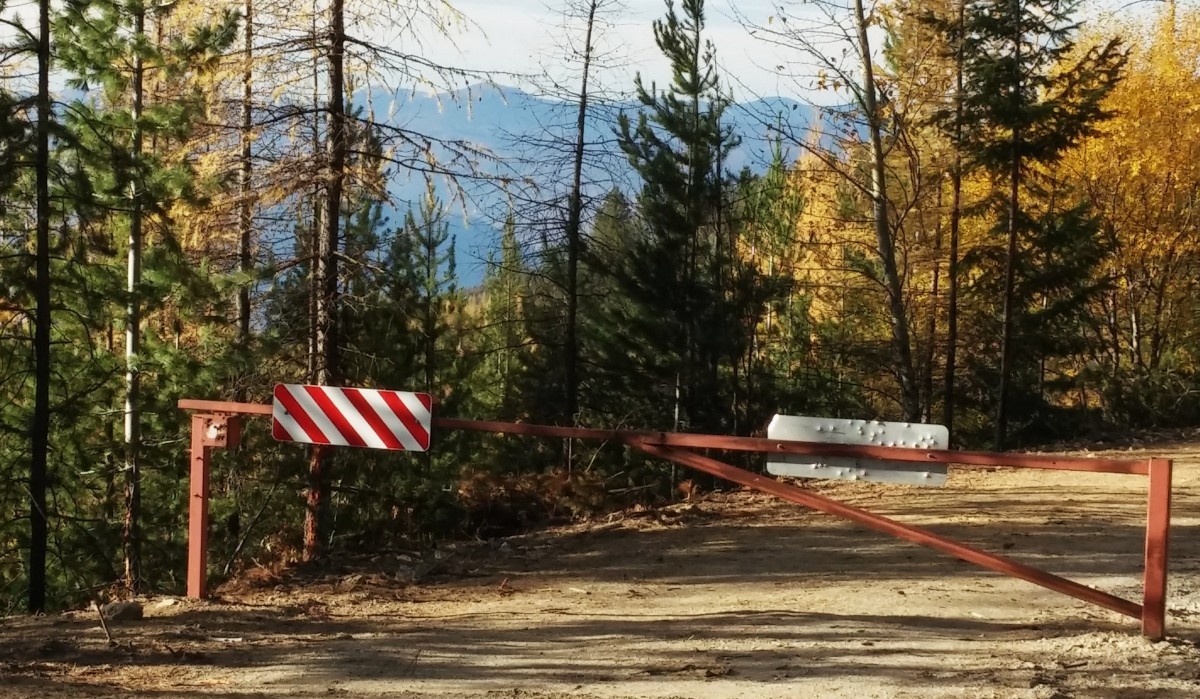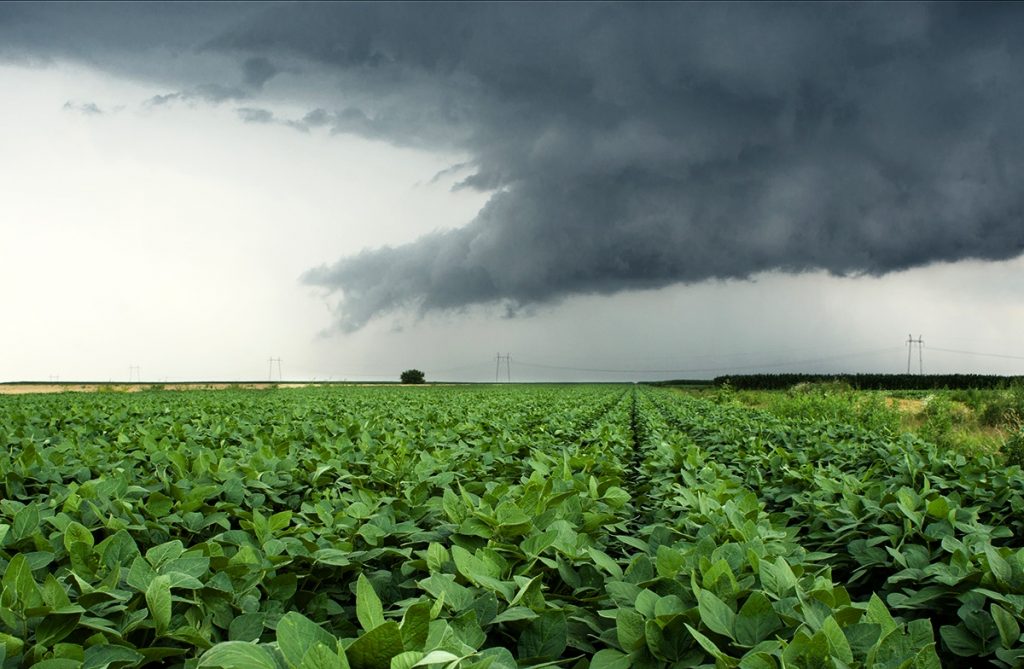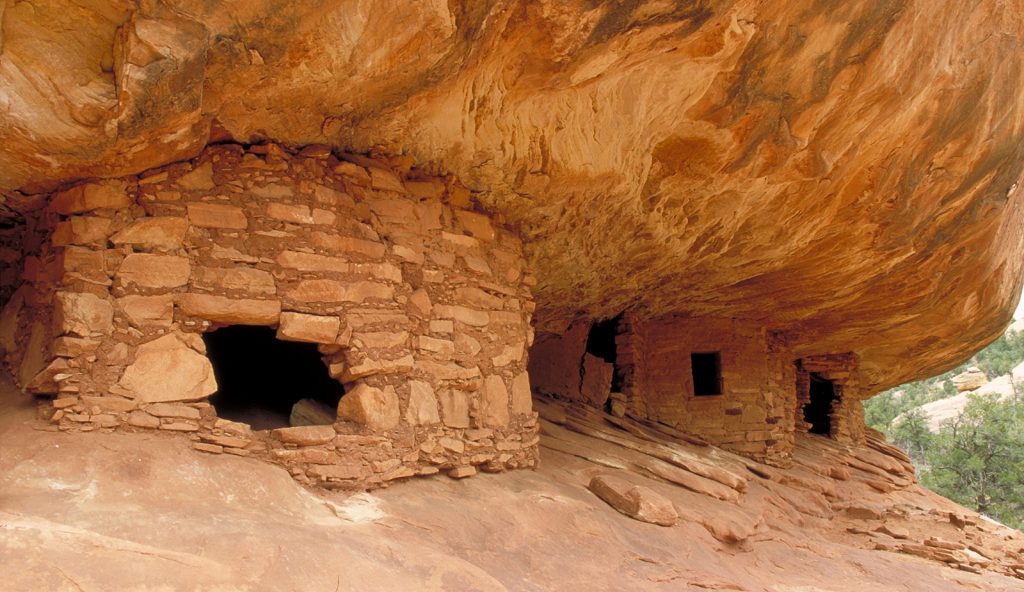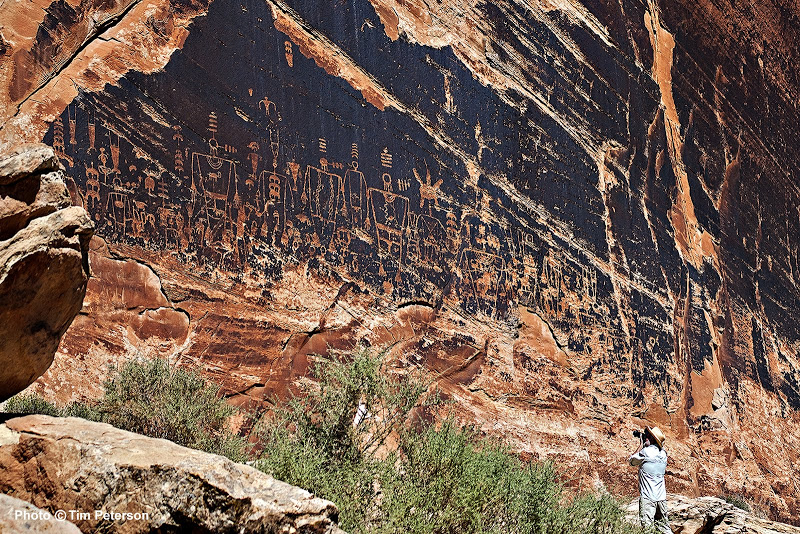Nearly One-Third of Forest Service Road Mileage Closed in Montana
by Ron Catlett
A report last week to the Montana Environmental Quality Council (EQC) on the roads in Montana that are managed by the U.S. Forest Service and the Bureau of Land Management (BLM) showed that 9,784 miles — or about 31 percent — of the 32,000 miles of federally managed roads in the state were closed to motorized traffic.
The EQC was discussing HJ 13, which passed the Montana state legislature in 2015, and mandated the EQC to study management practices of roads on federal lands.
“Out of 32,000 miles of system roads, 9,784 of them, or about 31 percent of that, are Level 1 closed roads,” stated Legislative Researcher Joe Kolman in his testimony.
HJ 13 passed the state legislature in April with bipartisan support as large numbers of Montanans have expressed concerns with federal land management policies — particularly road closures — restricting the public’s ability to access public lands for recreation. The resolution was sponsored by State Rep. Kerry White (R-Bozeman), who also serves as spokesman for the group Citizens for Balanced Use (CBU). CBU is one of Montana’s most prominent advocates for multiple use of public land and often fights against road closures and new federal wilderness designations.
In an interview on the “Voices of Montana” radio program on Friday, White said that the loss of road access to portions of federally managed public lands was leading to fewer opportunities for Montanans to hunt, fish, camp and otherwise recreate on public land. He also noted the frustration that many Montanans feel when road accesses which have been open for many years and used by multiple generations are cut off.
“We are receiving with Citizens for Balanced Use many many emails and phone calls from people that are trying to get to their favorite hunting place out on these lands, and they’re finding new signs, new gates, new closures on these lands, and that takes away our access and our ability to recreate, hunt, fish camp…all of those things,” White stated.
In the interview, White also took the Associated Press (AP) to task for vastly understating the mileage of road closures in its report on the EQC hearings on HJ 13.
The September 10 article, which was re-published by several media outlets across the state, initially stated that “at least 1,000 miles of the roughly 32,000 miles of federally controlled roads in Montana are closed to cars, trucks and snowmobiles,” far less than the 9,784 miles of closures actually stated in the report to the EQC.
White expressed concern that the proliferation of the AP article would lead to Montanans believing that only a small amount of federally managed public road miles were closed, and and stated that he was “flabbergasted” by the numbers in the story.
In an email to Media Trackers, AP reporter Alison Noon — who authored the article — acknowledged the error and stated that the mistake had been corrected.
“We’ve corrected the story to say, according to Legislative Researcher Joe Kolman, more than 9,000 miles of roads on federal lands in Montana are closed to cars, trucks and snowmobiles,” Noon wrote.
Free Range Report Admin.





The actual total miles of roads closed to the public by the Forest Service in Montana is just less than 22,000 miles. Read the HJ 13 report from the EQC. When EQC staff Joe Coleman met with the associated press in an effort to correct the story and amount of roads closed, the AP reporter refused to correct the story. Below is the letter written to Rep. Kerry White from EQC staff Joe Coleman.
Rep. White,
The Associated Press contacted me on Friday about the error in the federal road study story. It was unclear to me where the reporter came up with the figure of 1,000 miles of roads being closed since that figure was not used in testimony or in documentation.
I provided the reporter with the correct information, which is the same information that was provided on the web site and during the meeting. In short, this is what I told the reporter:
There are approximately 32,000 miles of Forest Service system roads in Montana. Of those, 9,784 miles are usable for administrative use only, meaning they are effectively closed to motorized use. These are called Level 1 roads. The other levels of roads are open to motorized use.
There are other roads that have been taken out of service, called decommissioned, and returned to a natural state. There are 5,976 miles of roads no longer in the system that have been decommissioned. And then there are unauthorized roads; roads not within the system, most of them created by users. The Forest Service estimates there are 6,191 miles of these roads in Montana, which are also off limits to motorized use.
All told, for the Forest Service, there are 21,951 miles of roads closed to motorized use.
BLM roads are a bit tougher because there is no statewide inventory of BLM roads and they are not tracked consistently between different field offices. However, there are 709 miles of documented closed roads in the areas covered by field offices in Butte, Missoula, and the Upper Missouri River Breaks National Monument.
However, in the correction, the reporter only cited that there are “more than 9,000 miles” of closed roads. I asked the Associated Press today to issue another correction with the correct information. They refused. They said that the decommissioned roads and unauthorized roads were not relevant to the story.
I’m writing to you so that you know that I provided the same information to the AP that I provided to the committee, both in writing and in testimony.
Let me know if you have questions.
Joe Coleman
EQC staff
Thank you for your insight. FRR
What concerns me is the excuse the forest service gave as to their reasoning why they are closing the access roads. Hmm, I know the government as pathetic as they are, never do any thing with out a reason.
Agenda 21
United Nations
look it up
I for one am suspicious of any motives from any of our public officials and political leaders.who know the true coveted design they have every since they started selling park lands to PRI ate owners..after all we are the last best place.
What are the handicapped to do? I know kids do tear up roads when they are playing, but I’ve always tried to tread lightly and knock down ruts left by others.
Need to vote these environmental terrorist out of office and get this back open
Aaaah, Wade, where in this entire equation do you come up with ‘environmental terrorists”?
Now that you have blurted your opinion out there, perhaps you could back up your assertion with a few facts or some data supporting your inflammatory accusation? You see, otherwise you fall into the category of opinions are like a–holes, everyone has one!
Roads are closed for many good reasons. Many if not most FS roads were built to manage timber, not to provide recreation. Budgets provided the FS for road maintenance by Congress are far far less than necessary to maintain. Closing roads allows maintenance funding to be spent on primary access roads. Some roads are closed to provide enough elk security so elk arent forced onto private ground where they are unavailable to most hunters. Some roads are closed to meet federal equirements so grizzlies can be delisted. Some if not many user created roads have no drainage, too steep to prevent erosion, and cross or are adjacent to streams so sediment damages fisheries. They were never planned, located or designed properly.
Thanks, Greg. Truth is, the public is not losing much access on roads they never had access to in the first place for the reasons you list and more. We still have access to 22,000 miles of FS roads. Of the additional 6,000 miles of decommissioned roads cited by Joe Coleman and posted by Kerry White above, the vast majority on this side of the state are old jammer roads that never were accessible by the public or anyone after logs were hauled. They have been inventoried, added to the database, and decommissioned naturally. The author is playing loose with numbers to generate the anger displayed in these comments and various Facebook postings. Politics these days is the art of getting people angered about things they know nothing about. It works.
Bruce, Tell the folks in Western Montana they haven’t lost access. You are entitled to your opinion but not your own facts. Facts simply are. You should accept facts for what they are and not pretend your opinions are fact. The 22,000 miles of roads closed were available for public use. Now they are not.
Greg —-I’ve lost access and too many people in the Gallatin have as they now come into my areas causing overcrowding. Thank you Rep. White
RKW, Nowhere in the article does it discriminate between roads that were open to the public and roads that never were open to the public. Locally most, not all, of the decommissioned roads never were open to the public. Roads that were open and are now closed often are closed to meet requirements of laws passed by legislators such as yourself. Numbers are simply numbers, they are not necessarily facts. Interpretations of numbers are not necessarily correct or honest.
Bruce, I would point you to the HJ 13 report from the EQC for detailed information on the closures. All the 22,000 miles of roads closed were one time open to the public. The FS has designated “system” roads and “non-system” roads in their inventory. Just because it was a non-system road does not mean it was not open to the public. It just means the FS did not want it on their road inventory. Some would ask why. Part of the reason is the FS has a backlog of maintenance and the D.C. office told the regions and districts to reduce their backlog. In an effort to reduce their backlog the FS removed roads from their system. It made it look like they reduced their backlog when in fact it just reduced the number of roads on their inventory. Pretty sneaky. Go to the Montana State website and then to the legislature link and then to the Environmental Quality Council interum committee link and look up the HJ 13 Road Study. You will find all the information in the report, all the documents and material from the study, and all the testimony during the hearings. You can listen or watch all the archives of the hearings. The fact remains that the public has been locked out and off of 22,000 miles of roads that were once available to use.
Yeah, they finally closed access to one of my favorite hunting spots. All I can say is THANK YOU!!!!!! Finally, the elk won’t get the intensity of pressure. Hunting just got easier for 2016! Get out of your truck and walk. Either that or maybe just try your luck with a road kill tag.
One can read in the name of BLM as a “Management” agency. They are not Congress, nor are they the King’s police. They are a management agency, put in place to manage our lands just like the USFS (Forest Service). This is crystal clear in their ideology that they must perform these creeping closures under the guise of “not enough money to maintain the roads, protect the blue haired squirrel, fire danger, closures to protect the public from injuring themselves” or whatever else they claim is the reason.
This has been going on since the 90’s with Clinton’s Travel Management Plan and was furthered under Bush and is in turbo-mode under Obama.
There is only one thing which can stop this kind of takeover of our own public lands, and that is unity amongst those who enjoy using our public lands. We all need to join hands, scream from the rooftops and get our neighbors, friends and relatives involved in opposing these horrendous closures.
People need to get involved, write their Congressman, call them and actually write letters opposing these closures. Pretty soon, if we don’t band together, there won’t be any lands left for the next generation to enjoy unless you buy a hugely expensive permit, have an environmental study done on your plan to walk on grass, put up a bond to cover that damage of walking on the grass and give up your firstborn as collateral.
American Mining Rights Association.
This is happening across the west.
It must stop
There is a simple way to get all of these roads reopened with no muss or fuss. The laws require that any road shown on a official map (I.E. any USGS Topo) prior to 1976 have a full environmental impact study done before the closure takes place. Ask them to produce the reports (they ARE public records after all) or re-open the roads. If they fail to do either, take them to court.
Most of the “management agencies” will try to get by with a environmental impact STUDY because they cost much less to do. ($50 Vs $500,000) This won’t fly under the laws as written. The majority of the public is unaware of this law and simply believe (wrongly) that the BLM, FS etc is allowed to close public thoroughfares on a whim.
This article don’t even mention the number of these roads that are closed for part of the year mainly during hunting season and winter. That percent would be way higher.
I would say that it is funny the same roads which are open during bow season are immediately closed once rifle season starts. The USFS hasn’t managed crap except their pocket books. The eastern half of Montana seems to not have near the issues as the western half. The Bitterroot Valley has become a real problem area with this. This has deterred many from hunting in the Bitterroot.
Closed the roads to vehicles, motor bikes and snowmobiles and released grizzly bears everywhere. Walking is fine though. Something just isn’t right with that.
numbers are numbers, and facts are facts,… but it just looks to me , they are doing this just to have more control. no real good reasons are given. remember the buffalo? what happened to them, you can go from there.